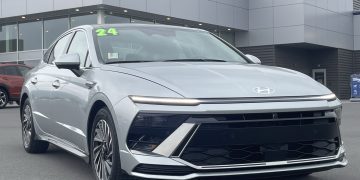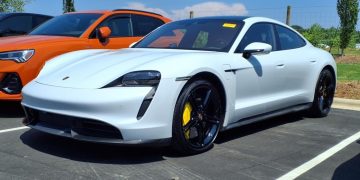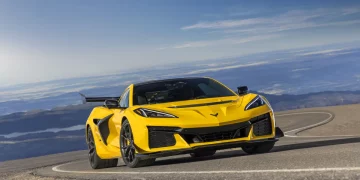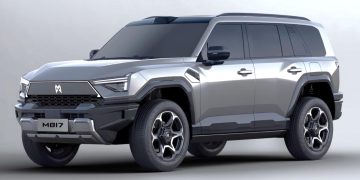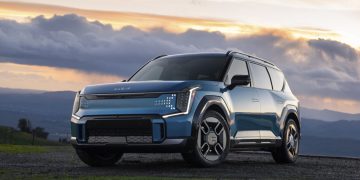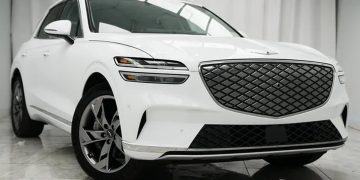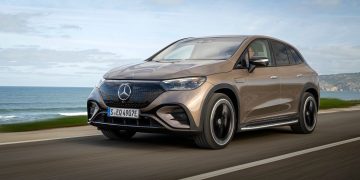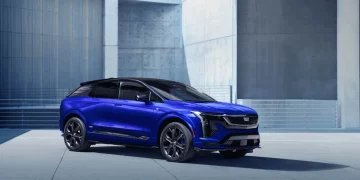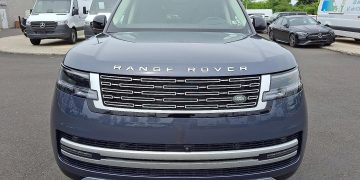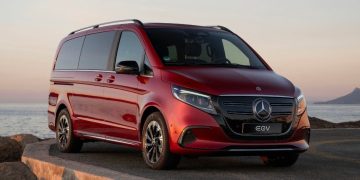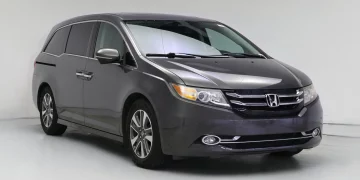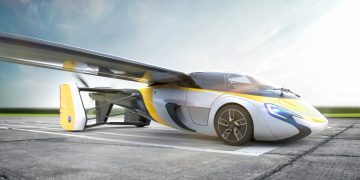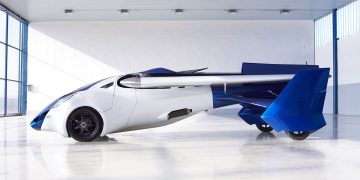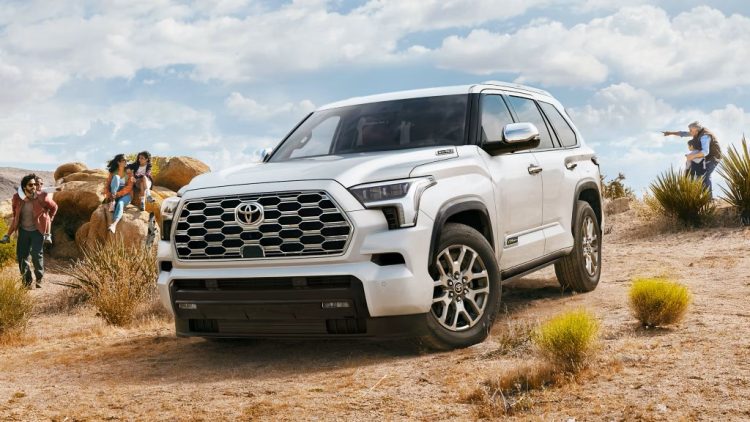The SUV market has seen an explosion of growth over the past few decades, and 2025 promises to be an exciting year for SUV enthusiasts. With the constant advancements in technology, design, and performance, buying an SUV has never been more complex yet more rewarding. Whether you’re looking for a family vehicle, an off-road machine, or a luxurious ride, the 2025 SUV lineup has something to offer. However, with so many options, it can be daunting to know where to start. This comprehensive guide will break down the most important factors to consider when buying an SUV in 2025, helping you make an informed decision that suits your needs and preferences.
1. Understanding the 2025 SUV Landscape: What’s New?
The 2025 SUV market is all about blending cutting-edge technology with traditional qualities of ruggedness, space, and performance. Over the years, SUVs have evolved from simple utility vehicles to symbols of luxury, performance, and innovation. New models in 2025 come equipped with a host of modern features designed to enhance safety, connectivity, comfort, and efficiency.
One of the most significant changes is the electrification of SUVs. With increasing concerns about the environment and fuel efficiency, many manufacturers are introducing hybrid and electric SUVs that offer zero-emissions driving while maintaining the power and range of traditional gasoline-powered vehicles. At the same time, more automakers are improving their combustion engine options to strike a balance between fuel economy and performance.
In terms of design, aerodynamic efficiency is becoming more prominent, with sleeker profiles and reduced drag for improved fuel efficiency. Interior technology has also received a major overhaul, with more advanced infotainment systems, connectivity, and user-friendly interfaces being integrated. Lastly, autonomous driving features are expected to become standard in many high-end SUVs, with adaptive cruise control, lane assist, and automatic parking becoming common in new models.
2. Performance Considerations: Power, Handling, and Towing Capacity
When choosing an SUV, performance is one of the most crucial factors. Whether you’re using the vehicle for city driving, road trips, or off-road adventures, the engine power, handling capabilities, and towing capacity will play significant roles in your overall experience.
Power and Engine Options: Most SUVs come with a range of engine options, including four-cylinder, six-cylinder, hybrid, and even fully electric motors. For those seeking power, six-cylinder engines or V8 engines provide the performance needed for heavier tasks such as towing or off-roading. However, hybrid and electric models are gaining popularity, offering excellent acceleration and power with lower emissions and improved fuel economy. Turbocharged engines are also becoming increasingly common, providing the best of both worlds by offering a mix of performance and efficiency.
Handling and Ride Quality: The suspension system plays a crucial role in the handling of an SUV. While larger, body-on-frame SUVs are built for off-road adventures, crossover SUVs that use a unibody design offer a smoother ride and better handling, particularly for those who spend most of their time on the road. In 2025, expect more SUVs to incorporate adaptive suspension systems, which adjust based on road conditions to enhance comfort and handling.
Towing Capacity: Towing is an essential factor for many SUV buyers. If you need to tow a boat, camper, or trailer, pay attention to the towing capacity of the SUV. A heavy-duty SUV like the Chevrolet Tahoe or Ford Expedition can tow up to 8,000 pounds or more. On the other hand, lighter models, such as compact SUVs like the Mazda CX-5, may have towing capacities between 1,500 and 3,500 pounds. Always consider your towing needs when making a decision.
3. Fuel Economy: Hybrid and Electric Options Lead the Charge
Fuel economy is a major consideration for any SUV buyer in 2025. As the automotive industry moves towards a more eco-conscious future, fuel-efficient options like hybrid SUVs and fully electric SUVs are rapidly becoming more popular.
Hybrid and plug-in hybrid SUVs combine the efficiency of an electric motor with the power of a gasoline engine, resulting in impressive fuel economy. Models like the Toyota RAV4 Prime and Ford Escape Plug-in Hybrid allow drivers to travel for shorter distances on electric power alone, saving on gas while providing a traditional driving experience when the battery is depleted. These vehicles are perfect for those who want to reduce their carbon footprint without sacrificing power or convenience.
Fully electric SUVs, like the Tesla Model X or Rivian R1S, offer zero-emissions driving and are ideal for buyers who want to embrace the future of automotive technology. The key advantages of electric SUVs are instant torque, quiet operation, and lower long-term costs since electric vehicles (EVs) have fewer moving parts and require less maintenance. The downside, however, is range anxiety, but 2025 models are pushing the envelope with ranges over 300 miles on a single charge, making long-distance travel more feasible.
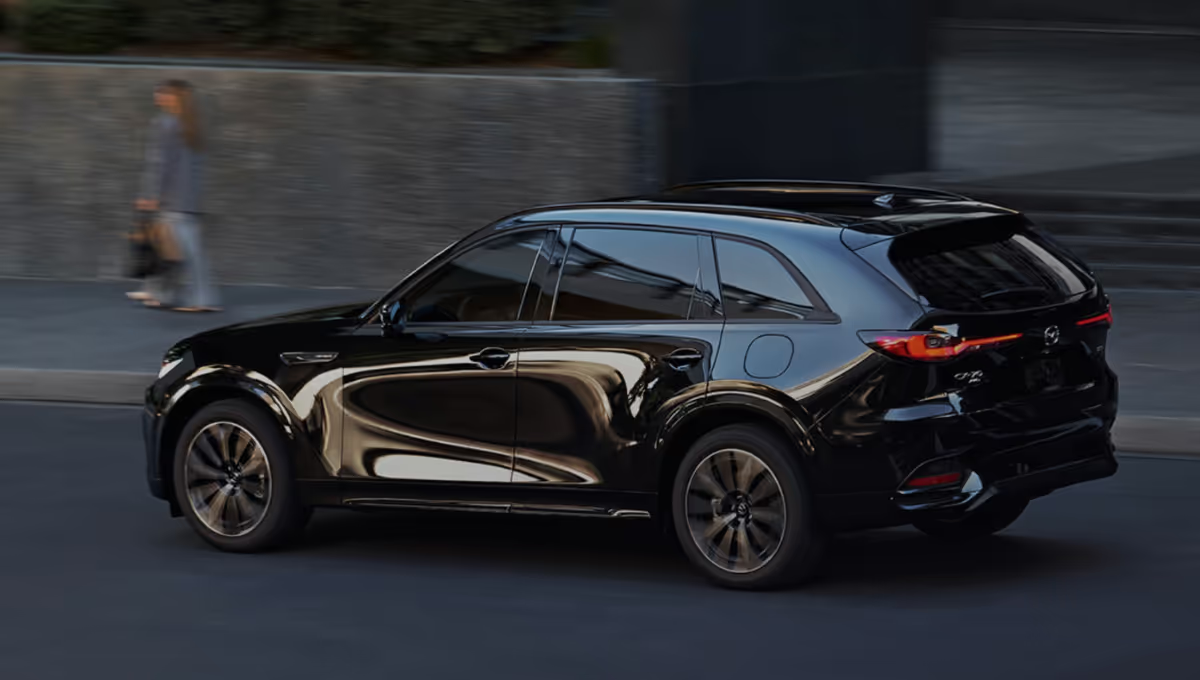
4. Safety Features: Standard in 2025 SUVs
Safety continues to be one of the most important factors for SUV buyers. In 2025, nearly every new SUV will come equipped with an array of advanced safety features as standard. These technologies are designed to prevent accidents, protect occupants, and provide peace of mind for drivers.
Driver Assistance Features: Most 2025 SUVs come with standard driver assistance systems such as adaptive cruise control, lane-keeping assist, and blind-spot monitoring. These features help reduce the chances of accidents by providing alerts or even taking corrective action if the system detects an issue.
Crash Protection: Modern SUVs are equipped with multiple airbags, crumple zones, and reinforced structures that provide protection in the event of a crash. Many models also come with advanced safety technologies, such as forward-collision warning and automatic emergency braking, which help prevent accidents before they occur.
Autonomous Driving: Many high-end models are expected to offer semi-autonomous driving capabilities by 2025. These systems can assist with tasks like parking, highway driving, and in some cases, city driving. While full autonomy may still be a few years away, level 2 and level 3 autonomous features will become more common in 2025 SUVs, allowing for hands-free driving in certain conditions.
5. Interior Features: Comfort, Technology, and Space
The interior of an SUV is an essential consideration for most buyers, especially for those using the vehicle as a family hauler or for long road trips. The comfort, technology, and space offered by the SUV’s cabin can make a big difference in your daily driving experience.
Seating and Comfort: SUV buyers in 2025 can expect a wide range of seating options, from basic cloth upholstery to premium leather seating with heating, ventilation, and massaging features. Second-row seating is often a deciding factor for family buyers, so make sure the SUV you choose offers adequate legroom and a flexible seating configuration, especially if you need to accommodate car seats or long-legged passengers.
Technology Integration: Modern SUVs come with some of the most advanced tech features available in the automotive market. Expect large touchscreen infotainment systems that offer seamless smartphone integration with Apple CarPlay and Android Auto. Additionally, many 2025 models will come with wireless charging, Wi-Fi hotspots, and gesture controls for a more intuitive user experience.
Cargo Space: An SUV’s cargo space is crucial, especially for families or adventure seekers. Most SUVs offer ample trunk space, with the ability to fold down the rear seats to create a flat load floor for larger items. In 2025, expect to see even more versatile configurations, including power-folding rear seats and adjustable cargo floors.
6. Price and Value: Finding the Right Balance
Price is always an important consideration when buying a new vehicle. SUVs can range in price from budget-friendly options like the Honda CR-V to premium models such as the Range Rover Defender or Lexus LX 600. In 2025, many buyers will be looking for a balance between affordability, performance, and luxury.
Base Models vs. Fully Loaded: It’s essential to decide what features are non-negotiable for you. For example, while a base model SUV might offer the essentials, higher trims add luxury features such as advanced tech, premium audio systems, and enhanced safety options. Hybrid and electric models generally carry a higher starting price, but their long-term fuel savings can make them a more cost-effective choice over time.
Resale Value: SUVs tend to hold their value better than other vehicle types, but certain models outperform others in terms of resale value. Brands like Toyota, Subaru, and Honda are known for their longevity and strong resale values, making them excellent choices for long-term investment.
7. Conclusion: Choosing the Best 2025 SUV for Your Needs
The SUV market in 2025 offers something for every type of driver, from the eco-conscious individual looking for a hybrid to the performance enthusiast who wants an off-road powerhouse. With advancements in safety, technology, and performance, choosing the best SUV for your needs has never been more exciting or complex.
Consider the type of driving you do most often, the level of comfort and luxury you desire, and your budget. Whether you’re after a fuel-efficient hybrid, a rugged off-roading machine, or a luxury vehicle with the latest tech, the perfect SUV for you is waiting in the 2025 lineup.

